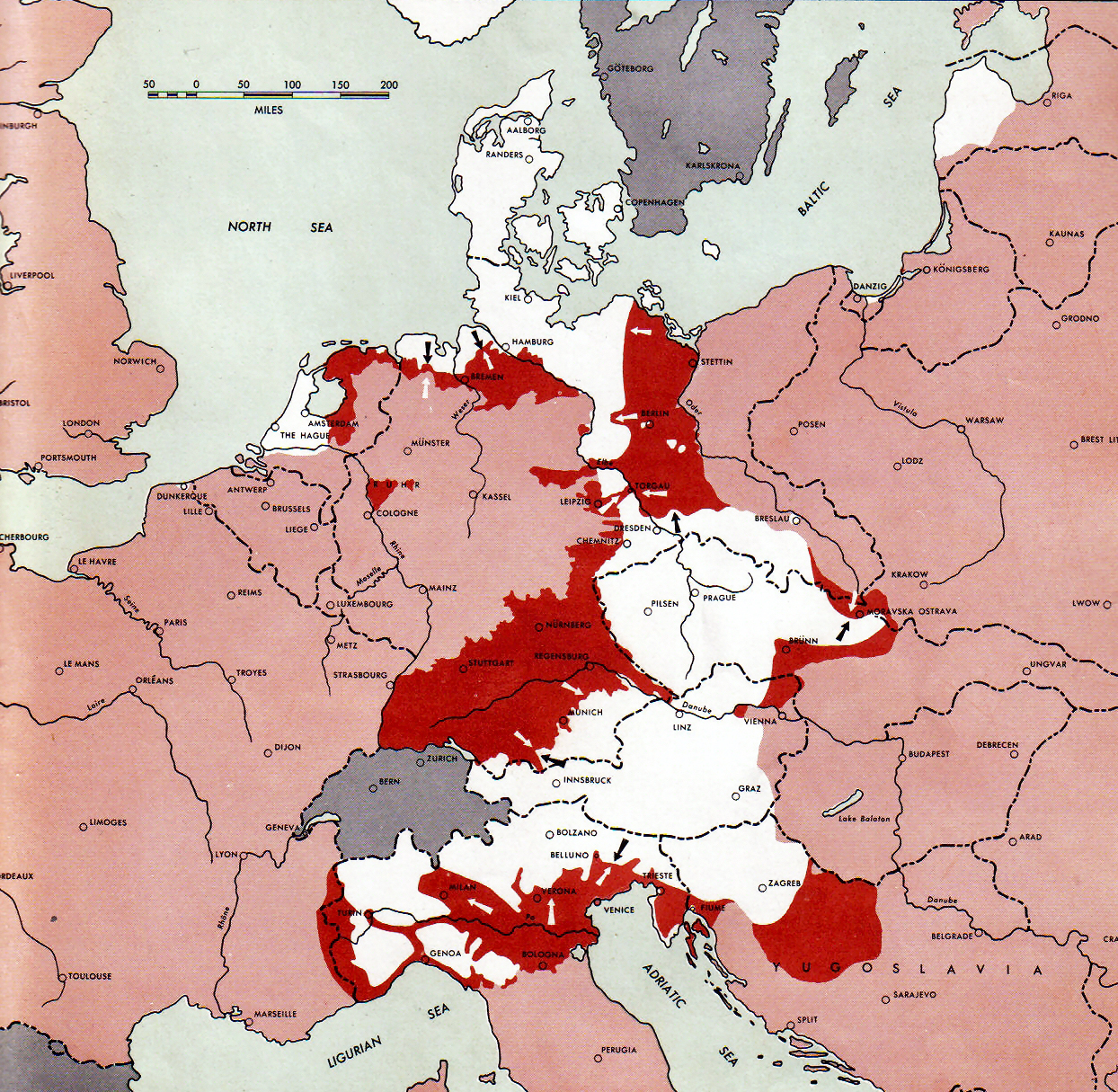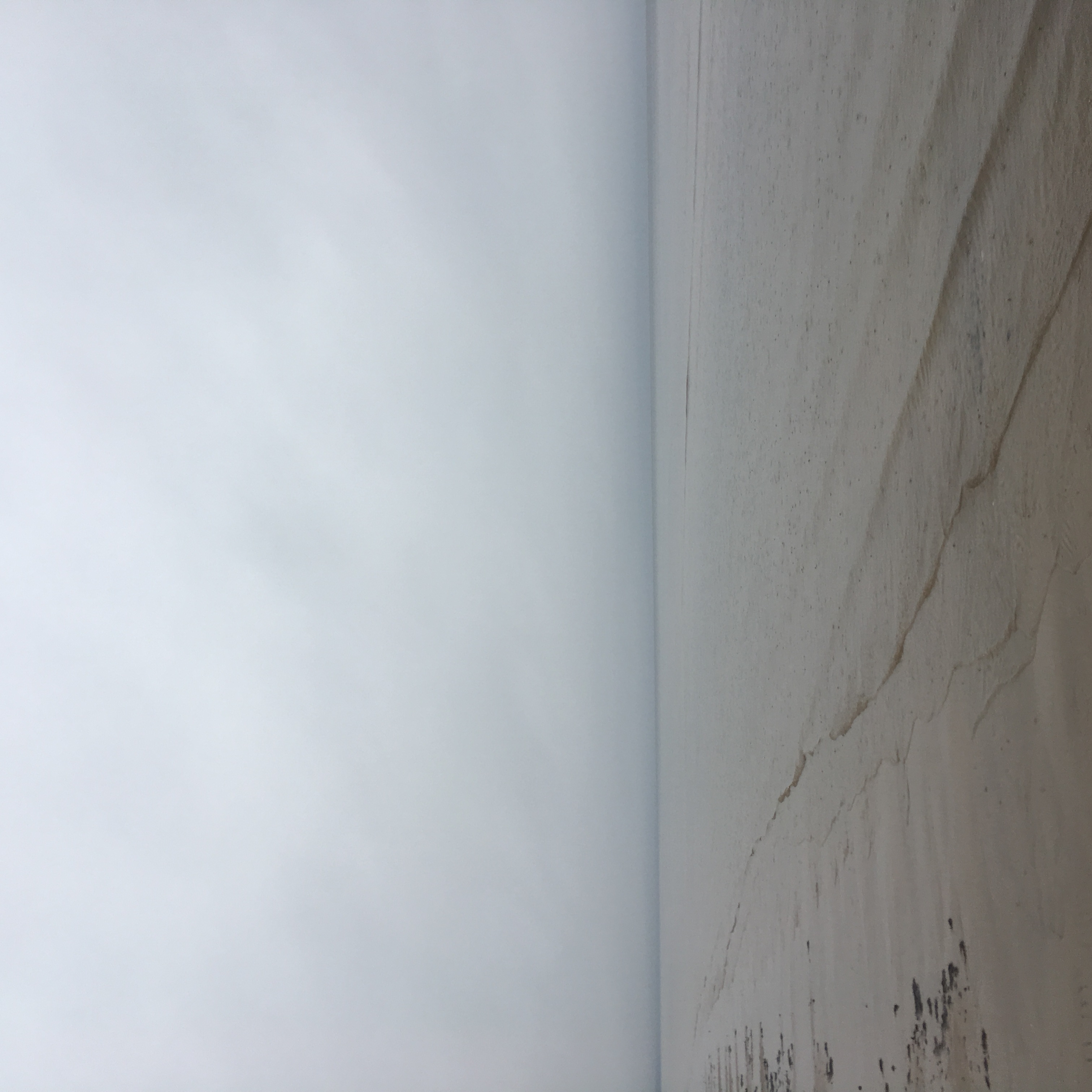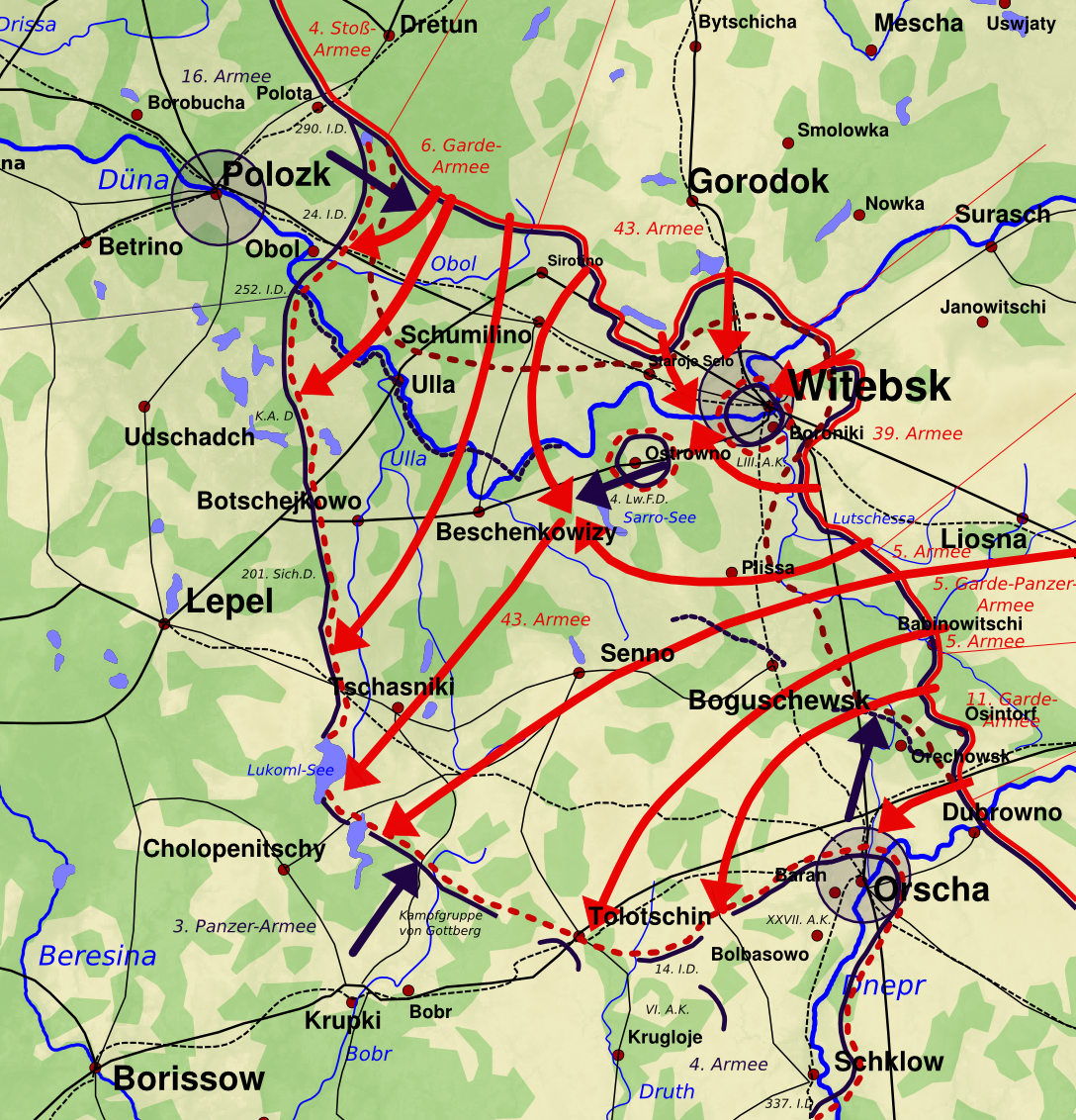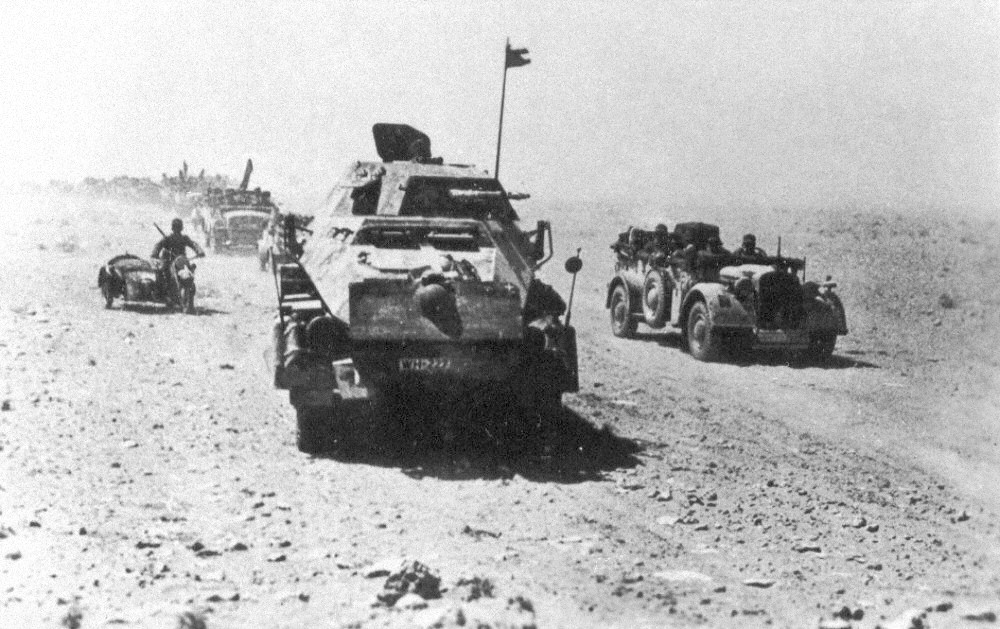|
Courland Pocket
The Courland Pocket was a Pocket (military), pocket located on the Courland Peninsula in Latvia on the Eastern Front (World War II), Eastern Front of World War II from 9 October 1944 to 10 May 1945. Army Group North of the ''Wehrmacht'' were surrounded in western Latvia by the Red Army after the Baltic Offensive, when forces of the 1st Baltic Front reached the Baltic Sea near Klaipėda, Memel (Klaipėda) after the collapse of Army Group Centre during Operation Bagration. Army Group North retreated to the Courland Pocket and was renamed Army Group Courland on 25 January, holding off six Red Army Offensive (military), offensives until the German Instrument of Surrender was signed on 8 May 1945. Army Group Courland were in a communication "Blackout (broadcasting), blackout" and did not get the official order until 10 May, becoming one of the last German groups to European theatre of World War II, surrender in Europe. Background In June 1941, Nazi Germany launched Operation Bar ... [...More Info...] [...Related Items...] OR: [Wikipedia] [Google] [Baidu] |
Courland Peninsula
The Courland Peninsula (, German: ''Kurland''), also sometimes known as the Couronian Peninsula, is a distinct geographical, historical and cultural region in western Latvia. It represents the north-westernmost part of the broader region of Courland (). The peninsula is renowned for its unique coastline, significant natural areas, rich history, and as the primary homeland of the indigenous Livonian people. Fourteen coastal villages located along the peninsula's northern and western shores constitute the officially recognized Livonian Coast (), the core area of Livonian settlement and culture. Geographically, the peninsula is clearly defined by major bodies of water. It is bordered by the open Baltic Sea to the west and northwest, the Irbe Strait () to the north (separating it from the Estonian island of Saaremaa), and the large, shallow Gulf of Riga to the east. It covers a significant portion of northwestern Latvia, encompassing parts of the modern administrative regions o ... [...More Info...] [...Related Items...] OR: [Wikipedia] [Google] [Baidu] |
Gulf Of Riga
The Gulf of Riga, Bay of Riga, or Gulf of Livonia (, , ) is a bay of the Baltic Sea between Latvia and Estonia. The island of Saaremaa (Estonia) partially separates it from the rest of the Baltic Sea. The main connection between the gulf and the Baltic Sea is the Irbe Strait. The Gulf of Riga, as a sub-basin of the Baltic, also includes the Väinameri Sea in the West Estonian archipelago. Geography Extent The International Hydrographic Organization defines the Gulf of Riga's western limit as "A line running from Lyser Ort (57°34'N), in Latvia, to the South extreme of Saaremaa, through this island to Pammana (22°34'E), thence to Emmaste Point, the S extreme of Hiiumaa, through Hiiumaa to Tahkuna Point, the North extreme thereof, and on to Spithamn Point in Estonia". Islands Major islands in the gulf include Saaremaa, Kihnu, and Ruhnu, which are all in Estonian territory. Kihnu covers an area of . Saaremaa island is responsible for the brackish water of the ... [...More Info...] [...Related Items...] OR: [Wikipedia] [Google] [Baidu] |
Army Group North
Army Group North () was the name of three separate army groups of the Wehrmacht during World War II. Its rear area operations were organized by the Army Group North Rear Area. The first Army Group North was deployed during the invasion of Poland and subsequently renamed Army Group B. The second Army Group North was created on 22 June 1941 from the former Army Group C and used in the northern sector of the Eastern Front from 1941 to January 1945. By then, this second Army Group North had gotten trapped in the Courland Pocket and was accordingly redesignated Army Group Courland. On the same day, the former Army Group Center, which was now defending the northernmost sector of the contiguous Eastern Front, was renamed Army Group North, assuming the status of the third and final iteration of the army group. First deployment of Army Group North: September – October 1939 The staff of Army Group North was formally assembled on 2 September 1939 from the headquarters of 2nd ... [...More Info...] [...Related Items...] OR: [Wikipedia] [Google] [Baidu] |
Operation Bagration
Operation Bagration () was the codename for the 1944 Soviet Byelorussian strategic offensive operation (), a military campaign fought between 22 June and 19 August 1944 in Byelorussian Soviet Socialist Republic, Soviet Byelorussia in the Eastern Front (World War II), Eastern Front of World War II, just over two weeks after the start of Operation Overlord in the west. It was during this operation that Nazi Germany was forced to fight simultaneously on two major fronts for the first time since the war began. The Soviet Union destroyed 28 of the divisions of Army Group Centre and completely shattered the German front line. The overall engagement is the largest defeat in German military history, with around 450,000 German casualties, while setting the stage for the subsequent isolation of 300,000 German soldiers in the Courland Pocket. On 22 June 1944, the Red Army attacked Army Group Centre in Byelorussia, with the objective of encircling and destroying its main component armies. By ... [...More Info...] [...Related Items...] OR: [Wikipedia] [Google] [Baidu] |
Army Group Centre
Army Group Centre () was the name of two distinct strategic German Army Groups that fought on the Eastern Front in World War II. The first Army Group Centre was created during the planning of Operation Barbarossa, Germany's invasion of the Soviet Union, as one of the three German Army formations assigned to the invasion. After Army Group North was trapped in the Courland Pocket in mid-1944, it was renamed to Army Group Courland and the first Army Group Centre was renamed "Army Group North". The second iteration of Army Group Centre was formed by the redesignation of Army Group A as the replacement for the first Army Group Centre. Formation and Command The army group was officially created by Adolf Hitler when he issued Führer Directive 21 on 18 December 1940, ordering German forces to prepare for an attack on Soviet Russia in 1941. The first commanding officer of Army Group Centre was Field Marshal Fedor von Bock, who would lead it until he was relieved on 18 December 19 ... [...More Info...] [...Related Items...] OR: [Wikipedia] [Google] [Baidu] |
Klaipėda
Klaipėda ( ; ) is a city in Lithuania on the Baltic Sea coast. It is the List of cities in Lithuania, third-largest city in Lithuania, the List of cities in the Baltic states by population, fifth-largest city in the Baltic States, and the capital of Klaipėda County, as well as the only major seaport in the country – the Port of Klaipėda, which is also the busiest port in the Baltic States. The city has a complex recorded history, partially due to the combined regional importance of the usually ice-free port at the mouth of the river . It was located in Lithuania Minor, and the State of the Teutonic Order and Duchy of Prussia under the suzerainty of the Polish–Lithuanian Commonwealth, then the Kingdom of Prussia and German Empire, within which it was the northernmost big city until it was placed under French occupation in 1919. From 1923, the city was part of Lithuania until its annexation by Nazi Germany in 1939, and after World War II it was part of the Lithuanian Soviet ... [...More Info...] [...Related Items...] OR: [Wikipedia] [Google] [Baidu] |
Baltic Sea
The Baltic Sea is an arm of the Atlantic Ocean that is enclosed by the countries of Denmark, Estonia, Finland, Germany, Latvia, Lithuania, Poland, Russia, Sweden, and the North European Plain, North and Central European Plain regions. It is the world's largest brackish water basin. The sea stretches from 53°N to 66°N latitude and from 10°E to 30°E longitude. It is a Continental shelf#Shelf seas, shelf sea and marginal sea of the Atlantic with limited water exchange between the two, making it an inland sea. The Baltic Sea drains through the Danish straits into the Kattegat by way of the Øresund, Great Belt and Little Belt. It includes the Gulf of Bothnia (divided into the Bothnian Bay and the Bothnian Sea), the Gulf of Finland, the Gulf of Riga and the Bay of Gdańsk. The "Baltic Proper" is bordered on its northern edge, at latitude 60°N, by Åland and the Gulf of Bothnia, on its northeastern edge by the Gulf of Finland, on its eastern edge by the Gulf of Riga, and in the ... [...More Info...] [...Related Items...] OR: [Wikipedia] [Google] [Baidu] |
Red Army
The Workers' and Peasants' Red Army, often shortened to the Red Army, was the army and air force of the Russian Soviet Republic and, from 1922, the Soviet Union. The army was established in January 1918 by a decree of the Council of People's Commissars to oppose the military forces of the new nation's adversaries during the Russian Civil War, especially the various groups collectively known as the White Army. In February 1946, the Red Army (which embodied the main component of the Soviet Armed Forces alongside the Soviet Navy) was renamed the "Soviet Army". Following the dissolution of the Soviet Union it was split between the post-Soviet states, with its bulk becoming the Russian Ground Forces, commonly considered to be the successor of the Soviet Army. The Red Army provided the largest land warfare, ground force in the Allies of World War II, Allied victory in the European theatre of World War II, and its Soviet invasion of Manchuria, invasion of Manchuria assisted the un ... [...More Info...] [...Related Items...] OR: [Wikipedia] [Google] [Baidu] |
Wehrmacht
The ''Wehrmacht'' (, ) were the unified armed forces of Nazi Germany from 1935 to 1945. It consisted of the German Army (1935–1945), ''Heer'' (army), the ''Kriegsmarine'' (navy) and the ''Luftwaffe'' (air force). The designation "''Wehrmacht''" replaced the previously used term (''Reich Defence'') and was the manifestation of the Nazi regime's efforts to German rearmament, rearm Germany to a greater extent than the Treaty of Versailles permitted. After the Adolf Hitler's rise to power, Nazi rise to power in 1933, one of Adolf Hitler's most overt and bellicose moves was to establish the ''Wehrmacht'', a modern offensively-capable armed force, fulfilling the Nazi regime's long-term goals of regaining lost territory as well as gaining new territory and dominating its neighbours. This required the reinstatement of conscription and massive investment and Military budget, defence spending on the arms industry. The ''Wehrmacht'' formed the heart of Germany's politico-military po ... [...More Info...] [...Related Items...] OR: [Wikipedia] [Google] [Baidu] |
Fortress
A fortification (also called a fort, fortress, fastness, or stronghold) is a military construction designed for the defense of territories in warfare, and is used to establish rule in a region during peacetime. The term is derived from Latin ("strong") and ("to make"). From very early history to modern times, defensive walls have often been necessary for cities to survive in an ever-changing world of invasion and conquest. Some settlements in the Indus Valley Civilization were the first small cities to be fortified. In ancient Greece, large cyclopean stone walls fitted without mortar had been built in Mycenaean Greece, such as the ancient site of Mycenae. A Greek '' phrourion'' was a fortified collection of buildings used as a military garrison, and is the equivalent of the Roman castellum or fortress. These constructions mainly served the purpose of a watch tower, to guard certain roads, passes, and borders. Though smaller than a real fortress, they acted as ... [...More Info...] [...Related Items...] OR: [Wikipedia] [Google] [Baidu] |
Pocket (military)
A pocket is a group of combat forces that have been isolated by opposing forces from their logistical base and other friendly forces. In mobile warfare, such as blitzkrieg, salient (military), salients were more likely to be cut off into pockets, which became the focus of battle of annihilation, battles of annihilation. The term ''pocket'' carries connotations that the encirclement was not intentionally allowed by the encircled forces, as it may have been when defending a fortified position, which is usually called a siege. That is a similar distinction to that made between a skirmish and pitched battle. Implementation Soviet military doctrine Soviet military doctrine distinguishes several sizes of encirclement: * Cauldron or kettle (; ): a very large, strategic-level concentration of trapped enemy forces * Sack (; ): an operational-level trapped enemy force * Nest (; ): a tactical-level trapped enemy force The significance of these terms are reflected by the conception of wha ... [...More Info...] [...Related Items...] OR: [Wikipedia] [Google] [Baidu] |







